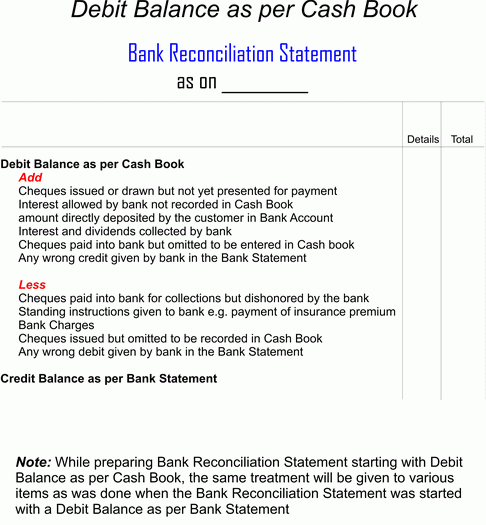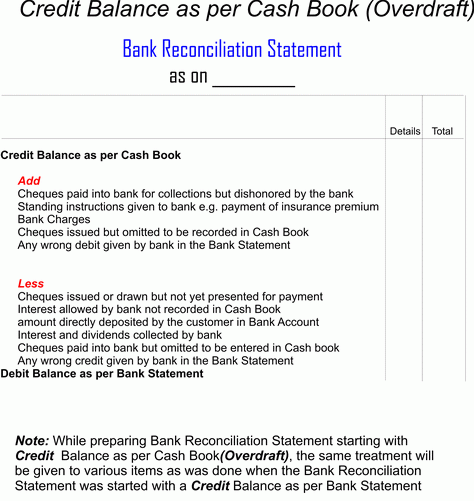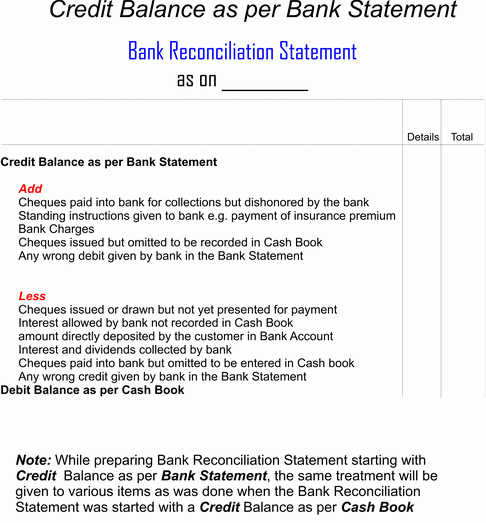FUND FLOW STATEMENT
The term of ‘Funds Flow’ has made up with the two
words – Funds and Flow of funds. Let us first we understand these meaning and
then we see how funds flow statement is prepared.
Meaning
of Funds:
The term ‘fund’ has different meanings:
CASH -
In narrow sense, the term ‘fund’ is used to mean
only the cash and bank balance. Therefore, in this sense, funds flow statement
is a statement reflecting the changes in cash and bank balances only. This
concept is better for the preparing of ‘Cash Flow Statement’ Therefore, this term
is not used in this sense.
TOTAL RESOURCES
-
In broader sense it includes all resources used in
the business whether in the form of men, material, machinery, money and methods
etc.
Working Capital –
In popular sense, the term ‘Fund’ is used to mean
working capital i.e. the excess of current assets over current liabilities.
Therefore, in this sense, fund flow statement includes all the transactions
affecting current assets and current liabilities.
q Hence,
Fund means Working Capital.
Working Capital = Current Assets - Current Liabilities.
MEANING OF FLOW
The term ‘Flow’ means changes – incoming and
outgoing. When this term is used with funds, it means the changes taking place
in funds during a certain period. Whenever there is change in the funds, it is
presume that flow in funds has taken place. Transactions that bring working
capital into the firm are sources of funds and on the contrary, if the working
capital decreases, it is an application of funds.
THEREFORE THE TERM FLOW OF FUNDS MEANS “CHANGES IN
FUNDS” OR “CHANGES IN WORKING CAPITAL”. IN OTHER WORDS, ANY INCREASE OR
DECREASE IN WORKING CAPITAL MEANS “FLOW OF FUNDS”.
MEANING OF FUNDS FLOW STATEMENT
The Funds flow statement
(FFS) is a financial statement which reveals the methods by which the business
has been financed and how it has used its funds between the opening and closing
Balance-Sheet dates. It studies – from where the funds have been received and
where the funds have been used.
Fund flow statement is the statement prepared for
the purpose of studying the changes in the funds of an organization between the
two balance sheet dates.
“A statement of sources and application of
fund is a technical device designed to analyse the changes in the financial
condition of a business enterprise between two dates.” -Foulke
“Fund flow statement is a statement
prepared to indicate the increase in the cash resources and the utilization of
such resources of business during the accounting period.” -
Robert N. Anthony
A fund flow statement is:
ü a statement shows the changes in funds
ü b/w two balance sheet of two different dates.
Other Cognate Names of Fund Flow statement:
Fund flow statement bears the following names as
well:
(1)
Application of Funds statement;
(2)
Statement of Sources & Application of Funds;
(3)
Statement of sources and uses of funds;
(4)
Statement of Funds Supplied and applied.
Flow of Funds Chart
Transaction Involves between
No Flow of Funds Chart
Uses / advantages of
Fund Flow Statement :
1. Fund flow statement helps the management in the assessment
of long range forecasts of a cash requirements and availability of liquid
resources. The manager can judge the quality of management decisions.
2. With the help of Fund Flow Statement, the
investors are able to measure as to how the company has utilized the funds
supplied by them and its financial strength. Also, the investors can judge the company’s
capacity to generate funds from operations.
3. It serves as effective tools to the
Management for economic analysis as it supplies additional information which cannot
be provided by financial statement based on historical data.
4. Fund flow statement explains the
relationship between changes in working capital and net profits.
5. Fund flow statement helps the management in
making planning process of a company. It is also useful in assessing the
resources available and the manner of utilization of the resources. 6. It
explains the financial consequences of business activities. It also provides
explicit and clean answer to questions regarding liquid and solvency position
of the company.
6. Fund Flow Statement provides clues to the
creditors and financial institutions as to the ability of a company to use
funds effectively in the best interest of the investors, creditors and owners
of the company.
Limitations of Fund
Flow Statements
1.
It should not be overlooked that Fund Statements ignore non-cash transactions,
therefore it is considered as cruder device than the financial statement.
2. Fund Flow Statements merely rearrange a
part of the information contained in financial statements. They do not serve as
original evidence of financial status.
3. Though changes in cash resources are more
significant, they are not highlighted by Fund Statements except being shown by
them as a part of working capital.
4. As Fund Flow Statements are prepared from
information provided by financial statements, they are essentially historical
in nature.
Preparation of
Fund Flow Statement
Example:- The Balance Sheet
of ABC Ltd. at the end of 2006 and 2007 are as follows:
|
31 March 2006
|
31 March 2007
|
Liabilities:
|
|
|
Accounts Payable
|
15,000
|
20,000
|
Notes Payable
|
25,000
|
10,000
|
Other Current Liabilities
|
10,000
|
15,000
|
6 % Bonds
|
------
|
20,000
|
Retained Earning
|
80,000
|
1,10,000
|
Mortgage
|
------
|
10,000
|
Shares
|
50,000
|
50,000
|
TOTAL
|
1,80,000
|
2,35,000
|
Assets:
|
|
|
Cash
|
10,000
|
5,000
|
Marketable Security
|
10,000
|
-------
|
Inventory
|
70,000
|
1,05,000
|
Receivables
|
30,000
|
40,000
|
Fixed Assets
|
1,00,000
|
1,40,000
|
Accumulated Depreciation
|
(-)40,000
|
(-)55,000
|
TOTAL
|
1,80,000
|
2,35,000
|
You are required to prepare a Statement of Changes
in Working Capital and Fund Flow Statement.
Solution:
Statement
of Changes in Working Capital
Particular
|
2006
|
2007
|
Effect on Working Capital
|
Increase
|
Decrease
|
Current Assets:
|
Rs.
|
Rs.
|
Rs.
|
Rs.
|
Cash
|
10,000
|
5,000
|
-----
|
5,000
|
Marketable
Security
|
10,000
|
-----
|
-----
|
10,000
|
Inventory
|
70,000
|
1,05,000
|
35,000
|
-----
|
Receivable
|
30,000
|
40,000
|
10,000
|
-----
|
|
1,20,000
|
1,50,000
|
|
|
Current Liabilities:
|
|
|
|
|
Accounts
Payable
|
15,000
|
20,000
|
-----
|
5,000
|
Notes
Payable
|
25,000
|
10,000
|
15,000
|
-----
|
Other
Current Liabilities
|
10,000
|
15,000
|
-----
|
5,000
|
|
50,000
|
45,000
|
|
|
Net Increase in
Working Capital(Balance)
|
-----
|
35,000
|
TOTAL
|
60,000
|
60,000
|
Adjusted Profit & Loss Account
Particular
|
Amount
|
Particular
|
Amount
|
To Depreciation
(55,000 –
40,000)
|
15,000
|
By Opening Balance of P & L A/c
|
80,000
|
To Closing Balance of P & L A/c
|
1,10,000
|
By Fund from Operation
(Balance)
|
45,000
|
|
1,25,000
|
|
1,25,000
|
Fund Flow Statement
(
As on 31 march 2007)
Sources
|
Amount
|
Application
|
Amount
|
Mortgage
|
10,000
|
Purchase of Fixed Assets
|
40,000
|
6 % Bonds
|
20,000
|
Net Increase in Working Capital
|
35,000
|
Funds from Operation
|
45,000
|
|
|
|
75,000
|
|
75,000
|
IMPORTANT QUESTIONS
Short answer questions
- State
the meaning of Funds flow statement
- How is the
schedule of changes in working capital prepared?
- Discuss
the importance of funds flow
statement .
- Explain
the terms ‘funds items‘ and ‘non
funds items. Give examples.
- Write
short notes on application of funds.
- How
are the funds from operations calculated?
- Distinguish
between the funds flow statement and Balance-Sheet.
Long Answer questions
- Explain
the terms ‘Funds’ and ‘Flow in funds ’ in respect of funds flow statement
- What
is a ‘Funds Flows statement’? How is it prepared? What are the various
sources and uses of funds ?
- How
is a funds flow statement prepared ?Give a Performa of schedule of changes
in working capital and funds flow statement.
NOTE: STILL HAVE ANY QUERY? POST HERE…






